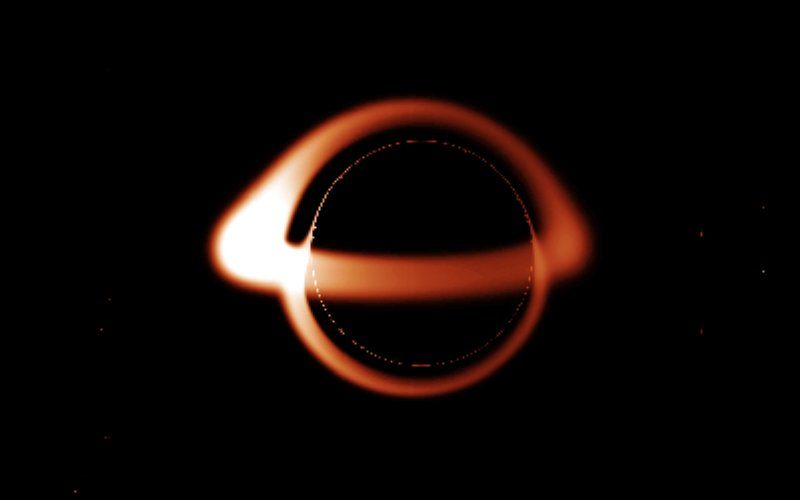Black Holes Collided and Produced a New Set of Gravitational Waves
Further confirmation of what Einstein predicted over 100 years ago.

(Photo: Public Domain)
Back in February, scientists announced that they’d found something predicted by Albert Einstein way back in 1915: gravitational waves.
The waves, which are essentially undulations in spacetime, occurred when two black holes collided.
On Wednesday, the same group of scientists announced that they’d done it again. Two other black holes had collided, and a new set of ripples was observed.
“Everyone was still flabbergasted by the first discovery. We were writing up papers and preparing for them to be released when we had this second one. We thought ‘phew!,’ it’s definitely real!” John Veitch, an astrophysicist on the team that made the discovery, told the Guardian.
Veitch and others detected the waves at the Laser Interferometer Gravitational Wave Observatory, otherwise known as LIGO, which operates two observatories, one in Washington state, the other in Louisiana.
The observatories each can detect distortions in the fabric of spacetime at an atomic level. Both picked up the second set of gravitational waves early in the morning on December 26, 2015, but, after upgrades to the observatories, scientists expect they will soon be picking up up a lot more waves.
That’s because black holes are thought to collide several times a day, and the new, upgraded observatories will be able to scan much more of the universe.
In other words, Einstein, this is probably just the beginning.









Follow us on Twitter to get the latest on the world's hidden wonders.
Like us on Facebook to get the latest on the world's hidden wonders.
Follow us on Twitter Like us on Facebook